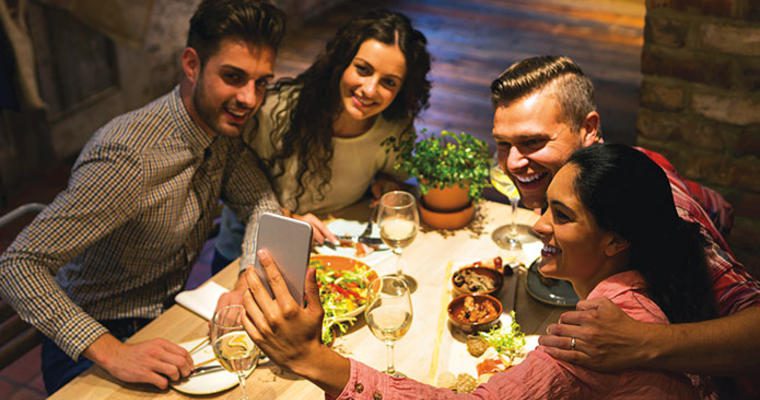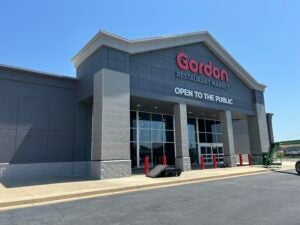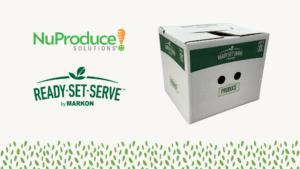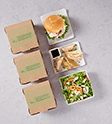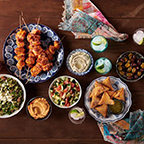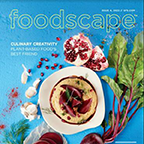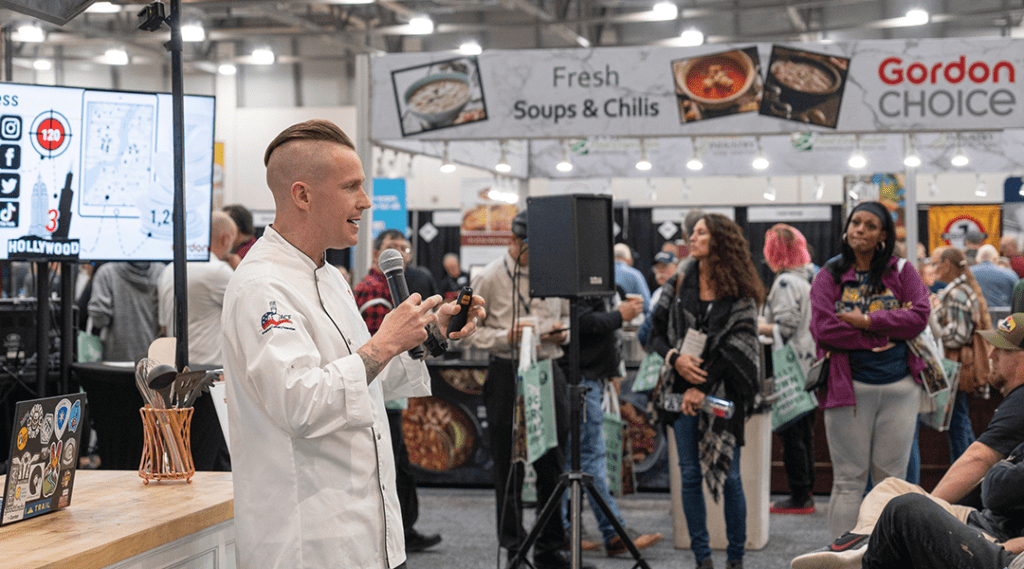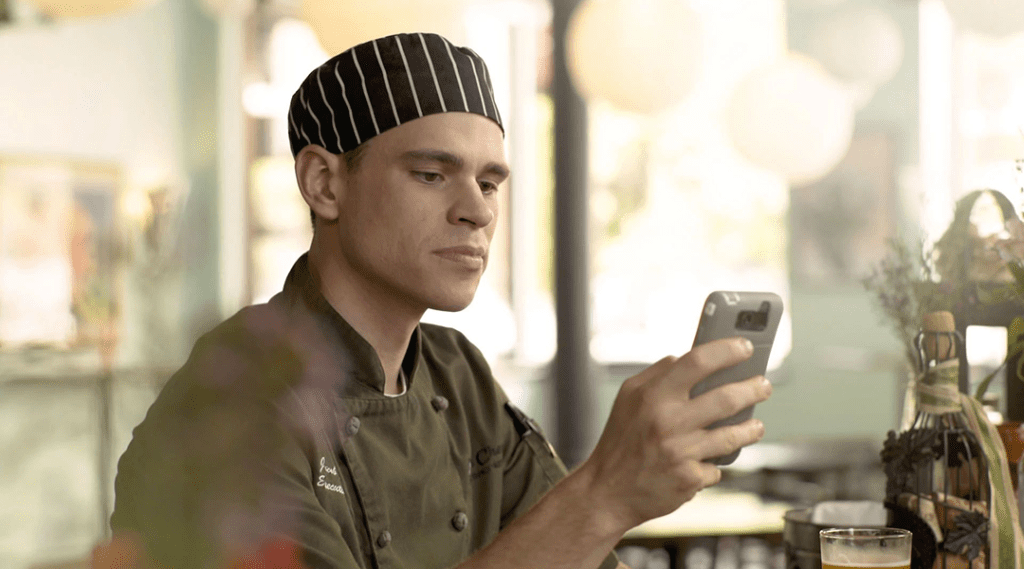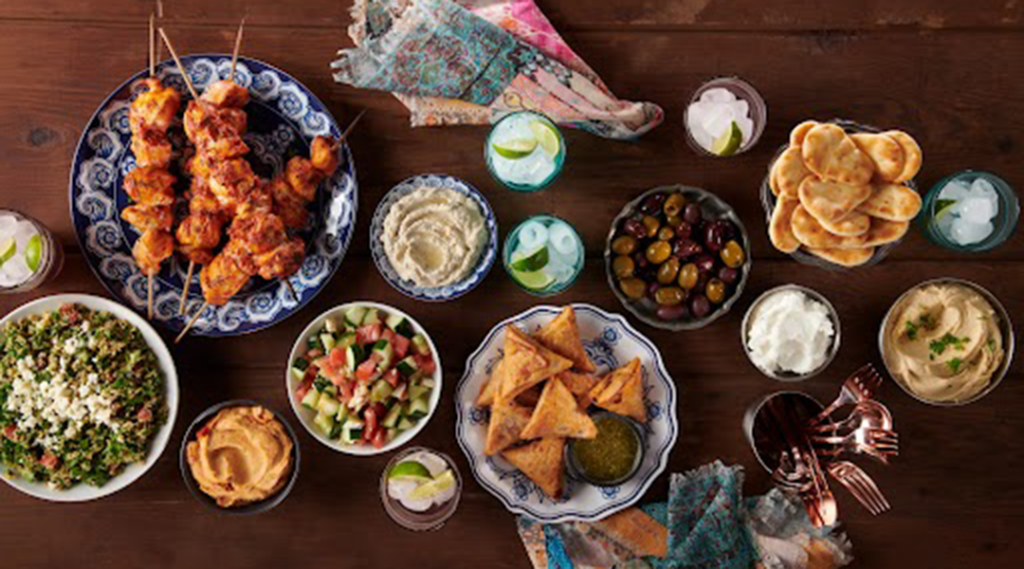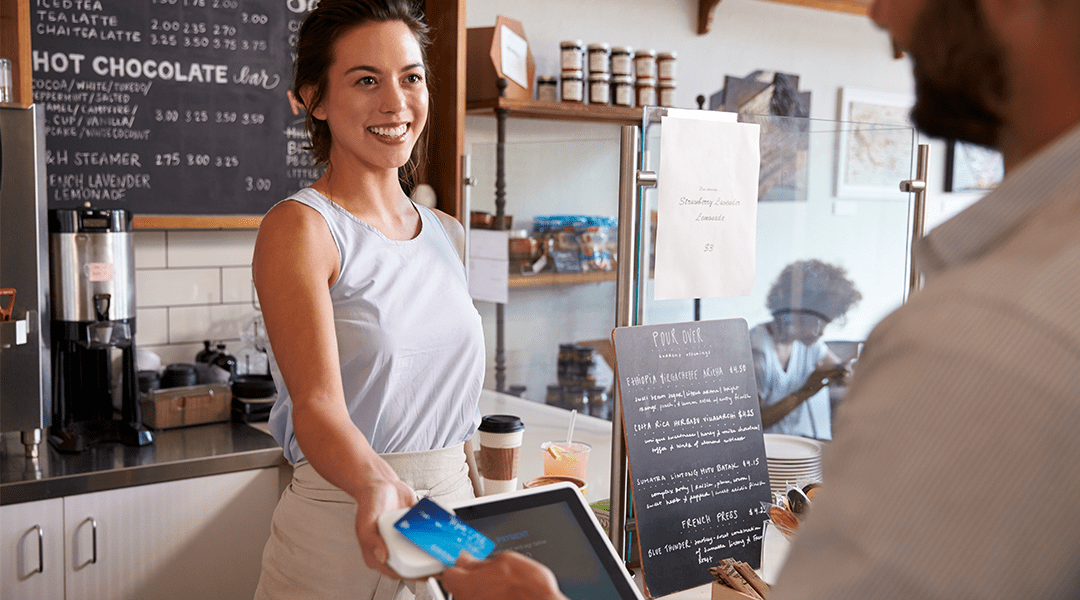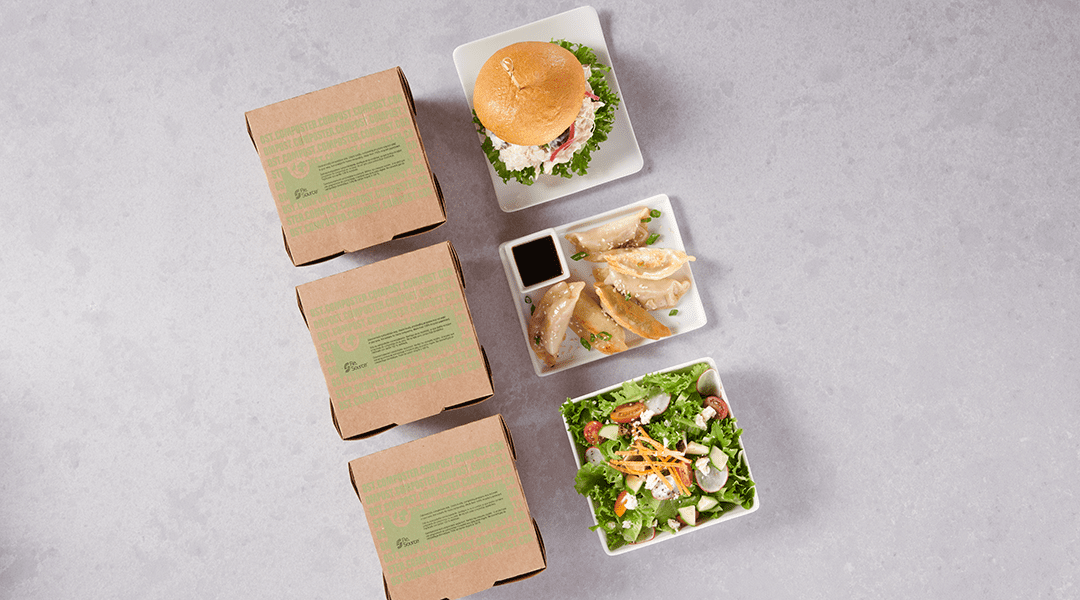Customers today want to tailor their own experiences and get instant gratification. They bring that expectation to restaurants, and seek greater control when it comes to dining. Here are a few ways to satisfy that appetite.
Tap into technology. Websites, online menus, texts, tweets, and social-media reviews connect consumers with restaurants before they walk in the door. Don’t pull the plug once they’re inside. Research firm Mintel Group suggests employing reservation tools that enable customers to check themselves in and access the waiting list.
Once they’re seated, digital menu boards with pictures of entrées, add-on suggestions, and food and beverage pairings, put control of the dining experience in customers’ hands.
While 2014 Mintel research indicates 54 percent of diners surveyed believe tablets and tabletop ordering devices disrupt the dining experience, they can be effective. At Olive Garden, for example, electronic ordering is in full swing. Customers can also place orders, play games, shop online, and connect with social media using tableside POS tablets. “The risk is losing face-to-face interaction with servers,” says Gordon Food Service Commercial Segment Specialist Jeff Goodwin. “But so far, there is an 80 percent usage rate and no elimination of staff.”
Your website can also empower customers. Operations that offer catering or have a banquet room, Goodwin suggests, can allow event coordinators to build customizable menus and take virtual tours of the party facilities.
Make menus flexible. Hand guests control of their meals without blowing out inventory and food costs. One way is with entrée pricing that includes two sides from a large selection that allows guests to order the same entrée and experience a different meal each time.”
Portion options are another way to give guests control. Offering a choice of portion size can help diners indulge in or hold the reins on consumption and expenditures. Sharable portions also add sociability and profitability to the mix. “The price is less than an entrée, so it works for the customer,” Goodwin says. “It also is more profitable to sell two sharing plates than splitting an entrée; meanwhile, customers enjoy a sharable experience.”
Provide multiple experiences. People dine differently with friends, family or on their own. “Allowing diners to sit where they want is one way to give customers control without making expensive upgrades,” says Gordon Food Service Customer Effectiveness Manager Ken Wasco.
In Chicago, Red Robin recently added partitions to its Chicago-area restaurants to create three distinct dining areas: a room for families, a bar area for 21-and-older customers, and a lounge for young people just starting to dine out on their own.
While remodeling and putting up walls can be costly and disruptive, there are other ways to provide multiple experiences in your existing space. Consider, for instance, separating a large dining room into two sections—one with intimate booth seating, and a more open landscape seating area, where tables can be rearranged as needed.
